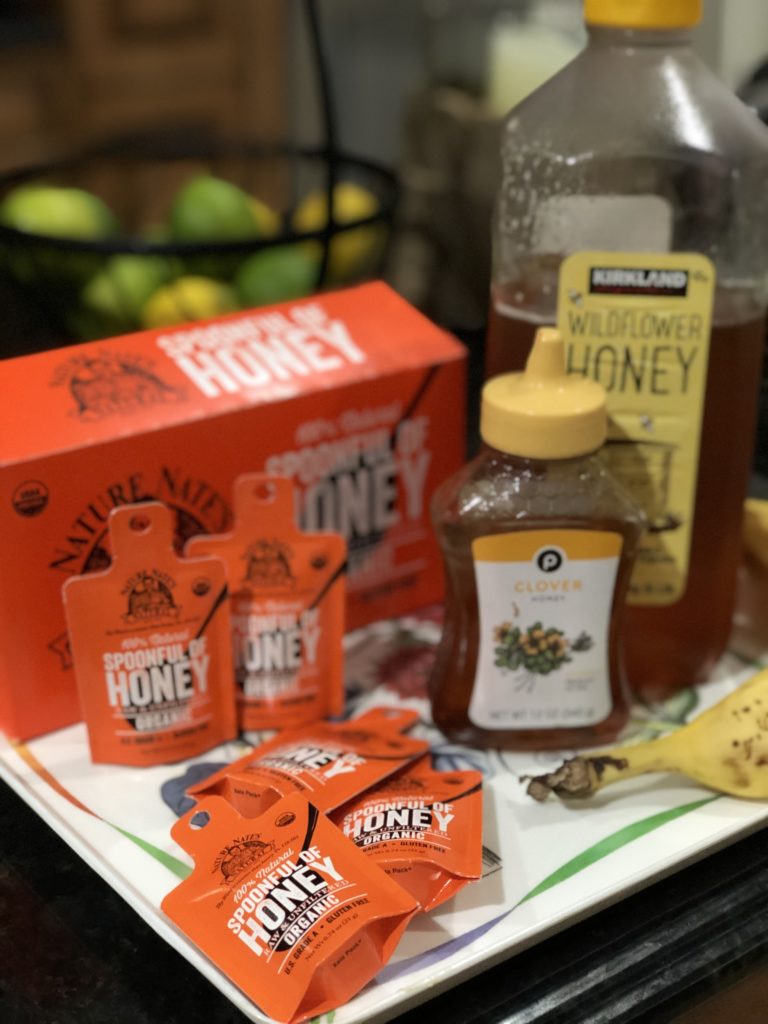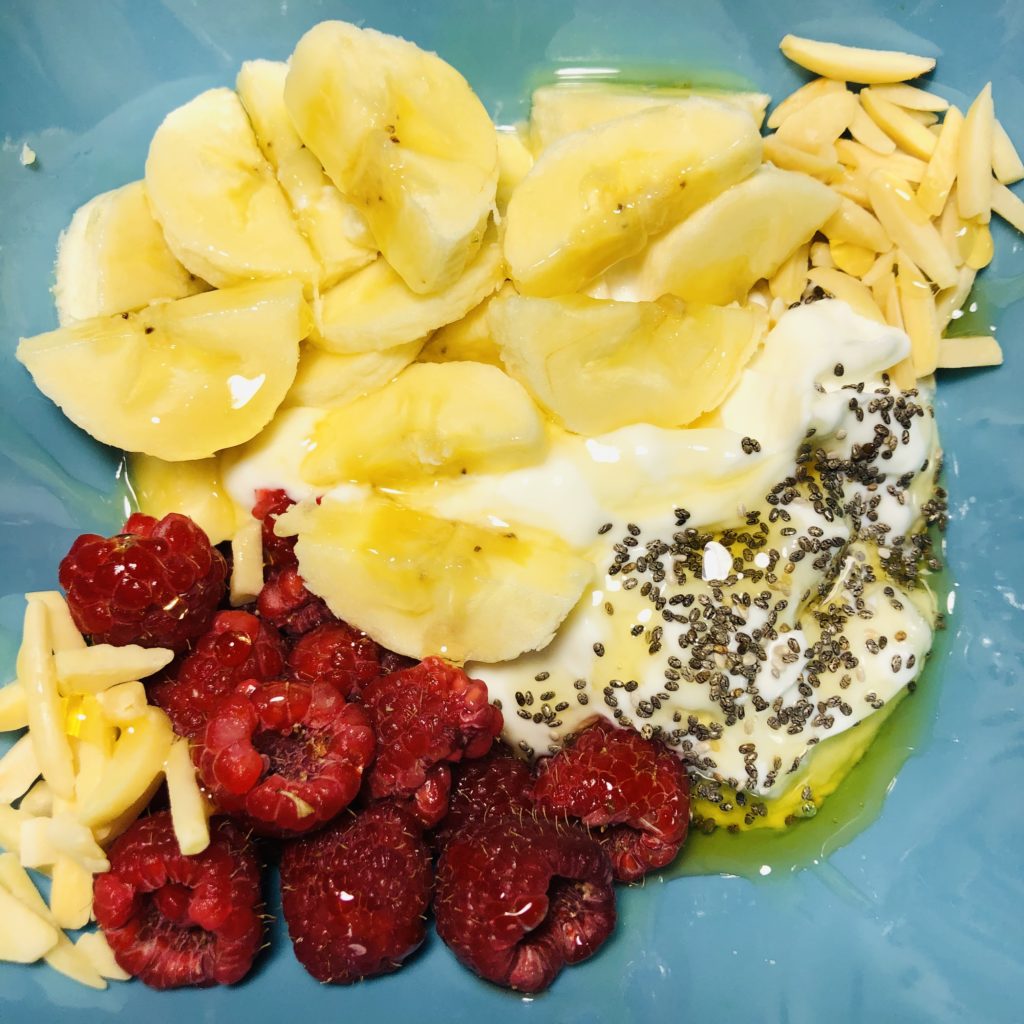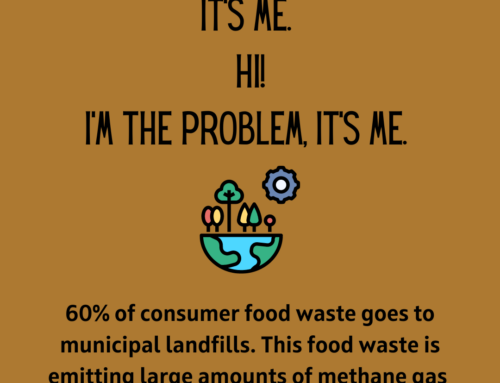When my oldest son was little, Mary Poppins was on of his favorite movies. You may remember the song that states “A spoonful of sugar helps the medicine go down, in the most delightful way”. This is actually true. Humans naturally enjoy sugar. Right from the womb we are coaxed to the breast and provided with sweet and natural mother’s milk.
Therefore, it’s no surprise that a little bit of sweetness makes things taste better. Often times, that little bit of sweetener, encourages us to eat some really healthy food.
Sugar and high fructose corn syrup are made from natural crops (sugarcane and corn) and are processed to create sweeteners. Honey of course, is a natural sweetener that comes from bees. I’ve often heard people voice concerns about “processed foods” and some view honey as superior. Some people however, view organic or “natural” foods as “better”, even though many of them are processed, and nutritionally similar. Nutrition-wise they are all about the same, with the overall goal being “consume less sugars”.

Sugar is Sugar
I’ve written a lot about sugar over the years. I used to be a science communicator for the high fructose corn syrup industry (yes, the sweetener everyone loves to hate). The science still stands – sugar is sugar, whether it is table sugar, high fructose corn syrup, maltose, fructose, agave nectar or honey.
The funny thing about high fructose corn syrup is that it’s not actually high in fructose (only 55% fructose). It’s chemistry is actually similar to honey and table sugar, which are about 50% glucose and 50% fructose. Agave nectar however, is high fructose (75% fructose or more).
Honey and table sugar (aka sucrose) both have similar chemical structures, and are mostly fructose and glucose.
A teaspoon of almost any caloric sweetener is going to provide around 15-20 calories. One teaspoon of honey has 20 calories. Since it’s slightly sweeter than white or brown sugar, you can use less in recipes. While honey does contain trace amounts of vitamins and minerals, it’s not significant enough to really matter (0.5% of its total nutrition). Honey does have some other medicinal-type properties as an atopic ointment.
Honey to the Rescue
Let’s face it, if food doesn’t taste good nobody’s going to eat more of it. As dietitians, we encourage an increase in fruit and vegetable intake. If vegetables are plain or steamed however, not too many people are going to be excited about them. When cooking at home, honey is a wonderful liquid sweetener to brighten up dishes and add flavor.
Sometimes even produce that’s supposed to be sweet (like tomatoes or peaches) may not have a lot of flavor or sweetness. Honey can compliment other foods may taste bitter or sour. A small spoonful does the trick. Plain Greek yogurt is a good source of protein and calcium. With no added sugar, a 1-cup serving provides over 20 grams of protein. Whether in a bowl or a smoothie, a drizzle of honey makes it so much more palatable.

Honey works very well in salad dressings, balancing the acidity of the vinegar. Try drizzling it onto baby carrots halfway through roasting. I also enjoy baking a honey-glazed salmon which, paired with a slightly bitter vegetable such as broccoli, creates an enjoyable meal.
Honey has some well-known medicinal properties. You may remember finding honey in your favorite throat lozenge. This is because honey naturally may help quell a cough (honey should not be given to an infant under 1 year of age due to their immature gut. After age 1, when their digestive tract is fully developed, it’s fine).
Honey also has natural antioxidant and antibacterial properties, and may be used as an antiseptic to help heal small cuts or mild burns.
For recipes and more information about honey, visit the National Honey Board.
For information about pollinators, check out Feed a Bee.




